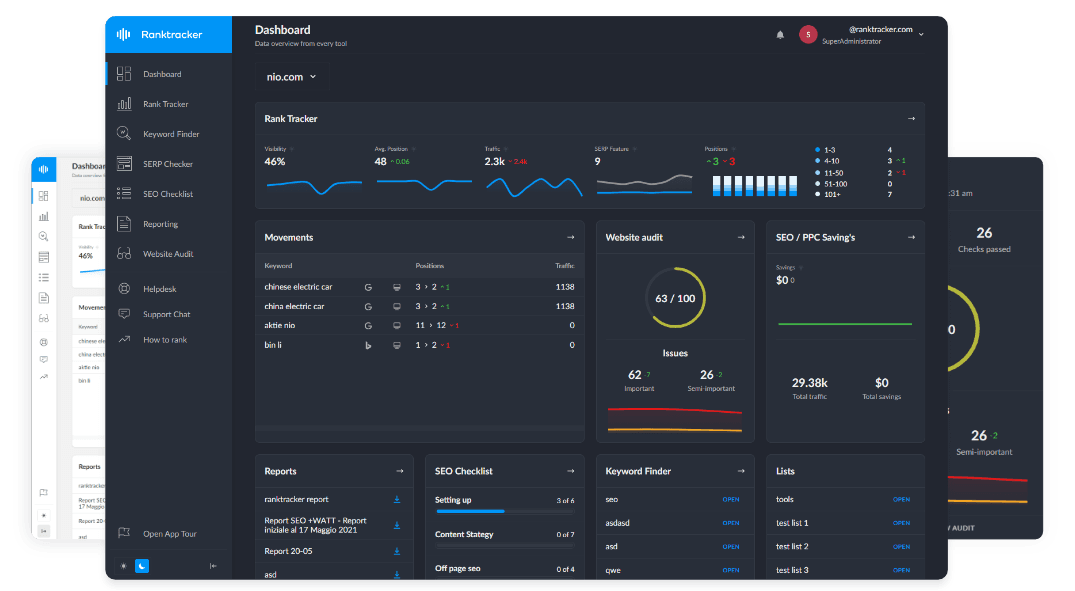Intro
A query path refers to the sequence of search queries a user enters in their journey to find relevant information. Search engines analyze these paths to refine rankings, improve search accuracy, and predict user intent shifts.
Why Query Paths Matter for SEO:
- Help search engines understand user behavior and refine SERP results.
- Influence content strategy by optimizing for sequential search patterns.
- Improve search relevance by addressing users' evolving search queries.
How Search Engines Use Query Paths
1. Tracking User Intent Evolution
- Google analyzes how users refine searches over multiple queries.
- Example:
- Step 1: "Best smartphones"
- Step 2: "Best smartphones for gaming"
- Step 3: "Best gaming smartphones under $500"
- Google adjusts SERP results dynamically to match intent.
2. Query Refinement & Search Adjustments
- Search engines recognize when users need more specific results.
- Example:
- Initial Query: "How to lose weight"
- Follow-up Query: "Best diets for weight loss"
- Google refines content suggestions based on the evolving search journey.
3. SERP Personalization Based on Past Searches
- Google customizes search results based on previous queries.
- Example:
- Searching for "SEO tools" → Next searches may prioritize Ranktracker, Ahrefs, or Semrush reviews.
4. People Also Ask (PAA) & Related Searches Alignment
- Search engines suggest follow-up queries based on query paths.
- Example:
- Query: "Best email marketing tools"
- Suggested refinements: "Best free email marketing tools," "Email automation software"
5. Knowledge Graph & Entity Expansion
- Google maps query paths to entities in its Knowledge Graph.
- Example:
- "Tesla stock price" → Related paths: "Tesla market cap," "Tesla stock forecast."
How to Optimize for Query Paths in SEO
✅ 1. Structure Content to Cover Search Journeys
- Create comprehensive content that aligns with multi-step queries.
- Example:
- "Best SEO strategies" → Include "Technical SEO tips," "Link-building techniques," and "SEO tools."
✅ 2. Optimize for Query Refinements & PAA
- Address common search refinements within your content.
- Example:
- "How to start a blog" → Cover "Best blogging platforms," "SEO for blogs," "Content marketing for bloggers."
✅ 3. Implement Internal Linking for Seamless Navigation
- Guide users through related queries with strategic internal linking.
- Example:
- "SEO guide" should link to "Keyword research strategies," "On-page SEO tips," and "Technical SEO fundamentals."
✅ 4. Use Schema Markup for Search Context Understanding
- Apply structured data to reinforce search relationships.
- Example:
- "Best laptops for students" → Uses Product Schema for comparisons and reviews.
✅ 5. Monitor Search Console for User Search Patterns
- Track how query paths evolve and optimize accordingly.
- Example:
- If "SEO tools" starts ranking for "Best keyword tracking software," update content to match.
Tools to Optimize for Query Paths in SEO
- Google Search Console – Track query refinement trends and user search behavior.
- Ranktracker’s Keyword Finder – Identify multi-step search trends.
- Ahrefs & SEMrush – Analyze query path variations and content gaps.
Conclusion: Leveraging Query Paths for SEO Success
Optimizing for query paths ensures content remains relevant as users refine their search intent. By structuring content to match multi-step queries, optimizing for refinements, and strengthening internal linking, websites can improve search rankings and engagement.

